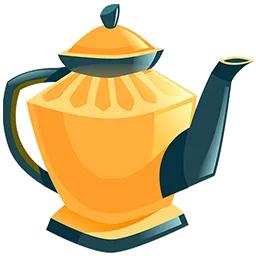Matcha Tea: Everything You Need From Origin to Brewing
In recent years, matcha tea has become one of the most popular herbal beverages in the world. This green powder is obtained from the young leaves of green tea and has both an attractive appearance and unique properties for human health. Unlike other herbal teas, when you drink matcha tea, you actually consume the whole leaf. For this reason, the amount of antioxidants and nutrients in it is much higher. Matcha has its roots in the ancient culture of China and Japan and has played a central role in the traditional tea drinking ceremony in Japan for centuries. Today, matcha tea is a great option for those who are looking for healthy, natural, and energizing drinks.
In this article, join us to get to know matcha tea. We will talk here from its origin and properties to hot and cold brewing methods while introducing the best tools and teaware to prepare it.
Matcha: From Green Leaves to Greener Powder
Matcha is a special type of green tea. But its production process is different from regular green tea. Tea plants are grown in the shade a few weeks before harvest. This increases chlorophyll and L-theanine. Shading process makes the leaves color greener and makes it taste richer, sweeter, and, of course, more tender. After harvesting, the stems and veins are separated, leaving only the soft part of the leaves, which later will be ground to a very fine powder.
Unlike regular tea, where the leaves are often separated from the water after brewing, matcha is completely dissolved. This means more nutrients enter the body, including antioxidants, fiber, vitamins, and amino acids such as L-theanine that help you relax and feel calm. Good quality matcha tea usually tastes slightly sweet, while poor quality ones have a bitter taste. To distinguish the quality before drinking, look at the powder color and consistency. Bright green color and very soft texture are the signs of high-quality matcha.
History of Matcha Tea
Matcha was originally used in China during the Tang Dynasty. But the Japanese turned it into a cultural and ritual drink. In the 12th century, Japanese Buddhist monks who traveled to China to study brought matcha back to Japan. They found that this drink helps them focus better and relax during meditation.
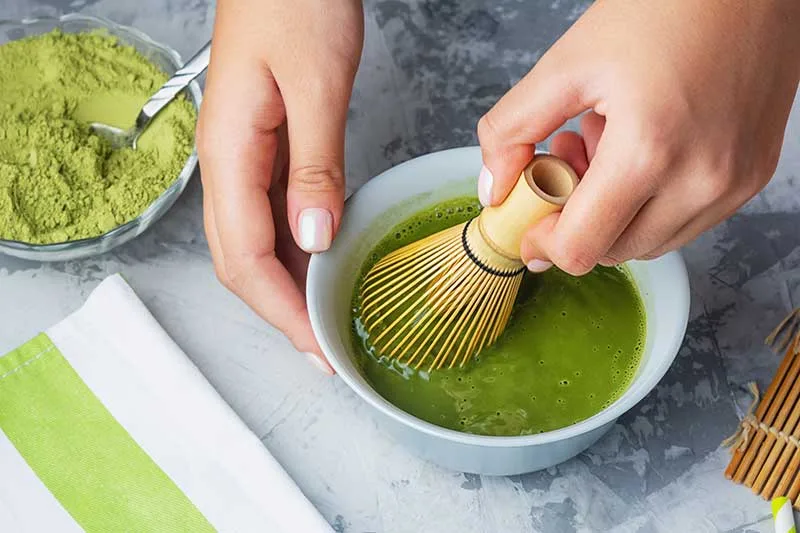
Over time, matcha became part of the traditional Japanese tea ceremony, called Chanyu, and was considered an important part of their cultural ceremonies. Chanyu is not just about drinking tea. It is an experience of aesthetics, politeness, silence, and concentration. Today, matcha is still highly prized in Japan and is often used as a symbol of culture, nature, and meditation.
Health Benefits of Matcha Tea
Matcha tea is one of the most antioxidant-rich beverages. It contains epigallocatechin gallate (EGCG), which has anti-cancer, anti-inflammatory, and heart-protecting properties.
But matcha tea also has other benefits:
- Natural energy drink: Matcha contains caffeine, but with the presence of L-theanine, its effect is milder and more sustained compared to coffee. The energy from matcha is accompanied by no jitters or sharp drops.
- Concentration and calming effects: The combination of caffeine and L-theanine makes your mind stay alert and calm at the same time. This alone makes it the drink of choice for those studying, doing creative works, or meditating.
- Weight loss supplement: Matcha helps with weight loss by increasing metabolism and burning fat.
- Natural detoxification: The high chlorophyll content in matcha helps to eliminate toxins from the body and makes it a great detox herbal tea.
- Strengthening the immune system: Polyphenols, vitamins, and minerals in matcha strengthen the immune system, protecting you against several common diseases and infections.
- Good for skin health: Antioxidants aren’t only beneficial for eliminating cancerous cells. They also prevent premature aging, acne, and other skin problems.
How to Brew Matcha
You can brew matcha tea in two traditional ways: hot and cold. However, the preparation is fairly similar for both hot and cold matcha tea. To prepare a cup of matcha in the traditional Japanese style, you need some special teaware and appliances:
- Metal sieve: To catch the lumps in the matcha powder
- Chasen (bamboo whisk): A special matcha whisk
- Chawan (matcha bowl): A traditional container for stirring and mixing ingredients
- Chashaku: A special bamboo measuring spoon
- Shaker bottle: To prepare cold matcha in the shortest possible time
- Electric milk frother: Suitable for professional lattes at home
Chasen, Chawan, and Chashaku are in matcha tea brewing kits that you can easily purchase at relevantly cheap price on Amazon.
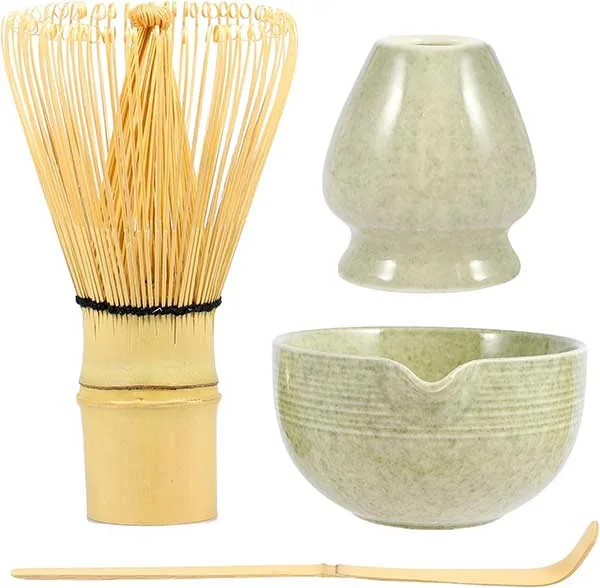
Let’s explore how to brew a perfect cup of hot and cold matcha tea.
Hot Matcha Tea
To prepare a cup of hot matcha tea, follow these simple steps:
- Sieve 1 to 3 Chashaku spoons of matcha into the Chawan
- Add 60 to 80 mL of 80°C water
- Stir with a bamboo Chasen whisk in a W motion until it foams. When a soft green foam is formed, your matcha tea is ready.
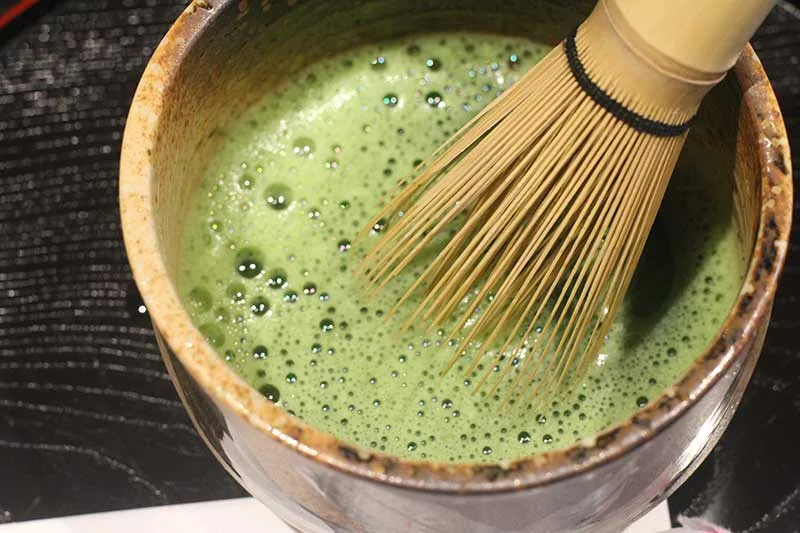
Hot matcha is the best choice for boring mornings or afternoons.
Hot Matcha Latte
You spruce things up a bit as well. Hot matcha latte is a very trendy beverage, served in several local and chain coffee shops around the world.
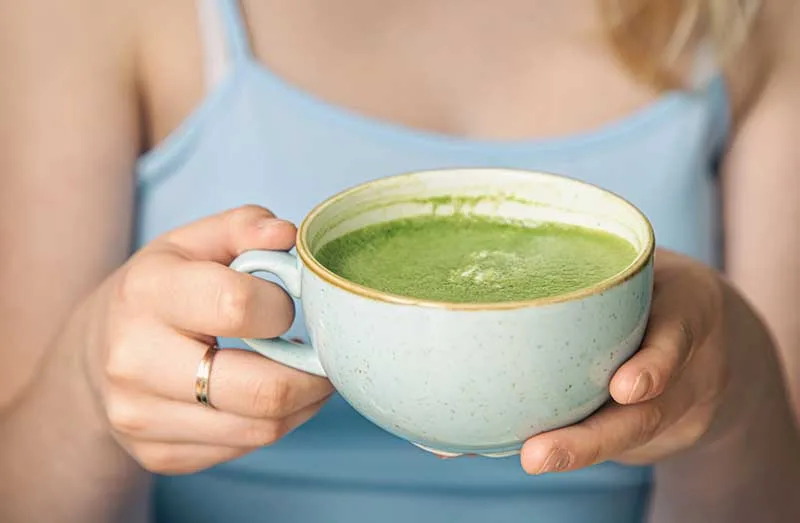
To brew a cup of hot matcha latte, do the same as hot matcha tea. But after sieving the powder, add 150 ml of hot milk (oat, almond, or coconut milk if you’re lactose intolerant). Then whisk until it foams. A milk frother also comes in handy at this stage if you want to prepare your matcha latte faster, like a professional barista. You can also sweeten your matcha tea with 1/2 to 1 teaspoon of honey or agave syrup.
Cold Matcha Tea
On hot summer days, an icy, cold herbal tea is a great, healthy choice. Cold matcha or iced matcha is definitely among the best cold drinks for a refreshing and cooling experience.
To prepare cold matcha tea:
- Add 1 teaspoon of matcha, 3 or 4 ice cubes, and 100-150 ml of cold water into a herbal bottle or a shaker
- Close the lid and shake well for 30-45 seconds
- Pour the matcha into a glass and enjoy your cup of easily-brewed cold matcha tea.
You can add a little plant-based milk or lemon juice for a tastier experience as well.
Cold Matcha Latte
Icy cold matcha latte is also a great option for hot days. It is also simple to brew. Add 1 teaspoon of matcha powder to your shaker. Add a little bit of cold water and a few ice cubes. Then pour your choice of milk, cow or plant-based, until the shaker is half or three-quarters full. I recommend adding a little natural sweetener like maple syrup just to give the drink a sweeter taste. At last, close the shaker lid and shake it well for 30-45 seconds.
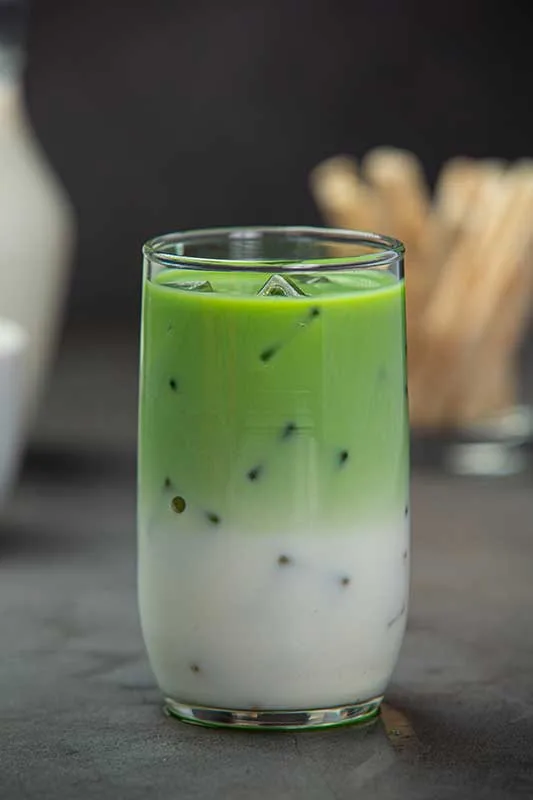
Your cold matcha latte is ready. Enjoy! Iced matcha is a great beverage as a snack or during and after a workout.
The Best Time to Drink Matcha
While drinking matcha tea has several benefits, as we explored earlier in this post, you should drink it at the right time to maximize its effects while prevent complications like sleep disruption.
It’s best to drink matcha tea:
- Early morning to start the day energetically
- Before exercise to increased metabolism and stamina
- When working or while studying, to help you focus and improve your mental performance
Remember: Don’t drink matcha tea at night or before sleeping. Matcha tea has caffeine and L-theanine. While their effects cancel each other, it may still disturb your sleep pattern. Matcha is not the best bedtime tea.
Conclusion
Matcha is not just a drink; it is a healthy, relaxing, and inspiring lifestyle. Whether you’re looking for an alternative to coffee, want to focus more, or enjoy antioxidant benefits, matcha is an excellent choice. With the simple methods you learned in this article, you can prepare matcha both hot and cold and take a step towards a healthier lifestyle by adding it to your daily routine. If you have the right tools, making matcha is not difficult at all. It is time to try this fascinating green drink and enjoy its benefits.
